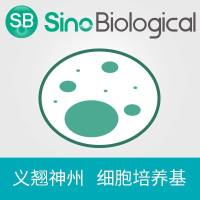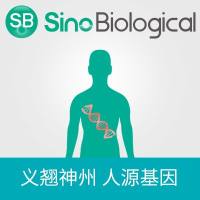Enzyme-Free Cloning of PCR Products and Fusion Protein Expression
互联网
712
Numerous techniques have been developed for the cloning of polymerase chain reaction (PCR) products. These include the incorporation of restriction enzyme sites into the PCR primers (1 ), blunt-end cloning (2 ,3 ), TA cloning (4 ,5 ), ligation-independent cloning (LIC) (6 -11 ), and in vivo cloning (12 ,13 ). Because these methods are effective, they all require either extensive enzymatic treatment of the PCR product or vector (1 ,4 -11 ,14 ), the use of PCR primers containing nonstandard bases (9,10 ), or specialized vectors or bacterial strains (2 ,13 ,15 ). In addition, cloning into specialized expression or reporter vectors requires multiple subcloning steps. Under most circumstances, these limitations pose little difficulty, however, under certain conditions the current techniques can be severely limiting. For example, the direct cloning of a PCR product into a particular site of an unusual expression vector is problematic. This can prove especially complex if the vector lacks suitable cloning sites, or a genetic basis for insert screening.









